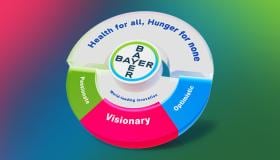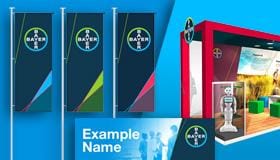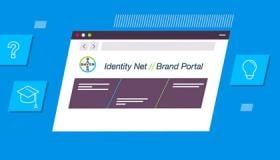LGBTQ+ Identities

LGBTQ+ refers to anyone that defines themselves as lesbian, gay, bisexual, transgender, queer, intersex or asexual identities, or members of another sexual or gender group. The LGBTQ+ descriptor includes different identities and groups (to start with, a person’s sexual orientation is not the same as their gender identity), but the principles of inclusive language are the same: affirm and respect a person’s identity as an immutable part of who they are.
Inclusion of all sexualities and gender identities
A person may be gay, bisexual, heterosexual, or asexual; they may be transgender, or they may identify as cisgender, male, female, non-binary, and so on. In all cases, remember that people are just that: people. We all have different identities, attributes, and personalities, and no single attribute is the only thing defining us as a person. Therefore, the first step is to ask whether a person’s sexuality or gender identity is actually relevant to what you are writing. If it is not necessarily relevant to the story, do not mention it.
Where it is relevant, use respectful language that recognizes every person’s right to their own identity, dignity, and visibility. Common examples include:
Here are some overall principles to help you write inclusively of skin color, ethnicity, and nationality:
- Use ‘sexual orientation’; do not use ‘sexual preference’ (the latter implies that a person’s identity is a voluntary choice)
- Uphold every person’s identity on their terms. Avoid terms that question its truth, or that imply it is a preference, a trend, or a temporary phase, e.g. by referring to a transgender person’s ‘biological/original’ gender or saying they ‘became’ a man/woman. People’s identities are who they are, and we need to accept, include and celebrate them, not ask them (even implicitly) to change or conform to norms.
- Do not include extraneous details about LGBTQ+ identities. e.g. when writing about a transgender person, do not include details that would not be mentioned when talking about a cisgender person (e.g. their previous identity/name, their medical status, and other personal details that do not have relevance to the piece you are producing)
- Do not assume your audience. Remember that everyone is different, and a ‘standard’ or ‘normal’ person doesn’t exist. Whoever someone is, and however they identify, they deserve to feel welcomed and included as a foundation of every interaction.
Everyday words and phrases – watch out!
Gendered words and phrases have been in language for generations and are used so commonly that it’s easy to overlook them. But in many cases, it is easier than you think to update them with more positive and inclusive options. Usually, the alternatives you need are already available.
For example:
- Check for phrases that enforce gender binaries such as ‘Ladies and gentlemen’. You can address people inclusively, without losing any meaning or warmth, with ‘Dear all’, ‘Everyone’ or ‘Folks’ (depending on how formal the piece is).
- When referring to children and parents, ‘mom and dad’ assumes every family has the same make-up with one male and one female parent. ‘Parents’ includes families with two parents of the same gender; even better, ‘parents and caregivers’ or even ‘those that look after children’ includes families with one parent, or where the child is looked after by people other than their biological parents. (When talking to/about a specific child, it is of course correct to use whichever term applies to their situation, but when addressing broad groups, it’s best to use terms that include, reflect and show consideration for everyone).
- Be aware of gendered marketing and presentations (e.g., toys based on construction or sports marketed to boys, and toys based on beauty or childcare to girls). Even if it’s just a passing comment or background illustration and not the main focus of your content, implying that certain things are ‘for men/boys’ or ‘for women/girls’ reinforces old traditions that people need to fit into a binary and behave a certain way based on their gender.
If you have any further questions about this or any other section of Bayer Identity Net, please contact:
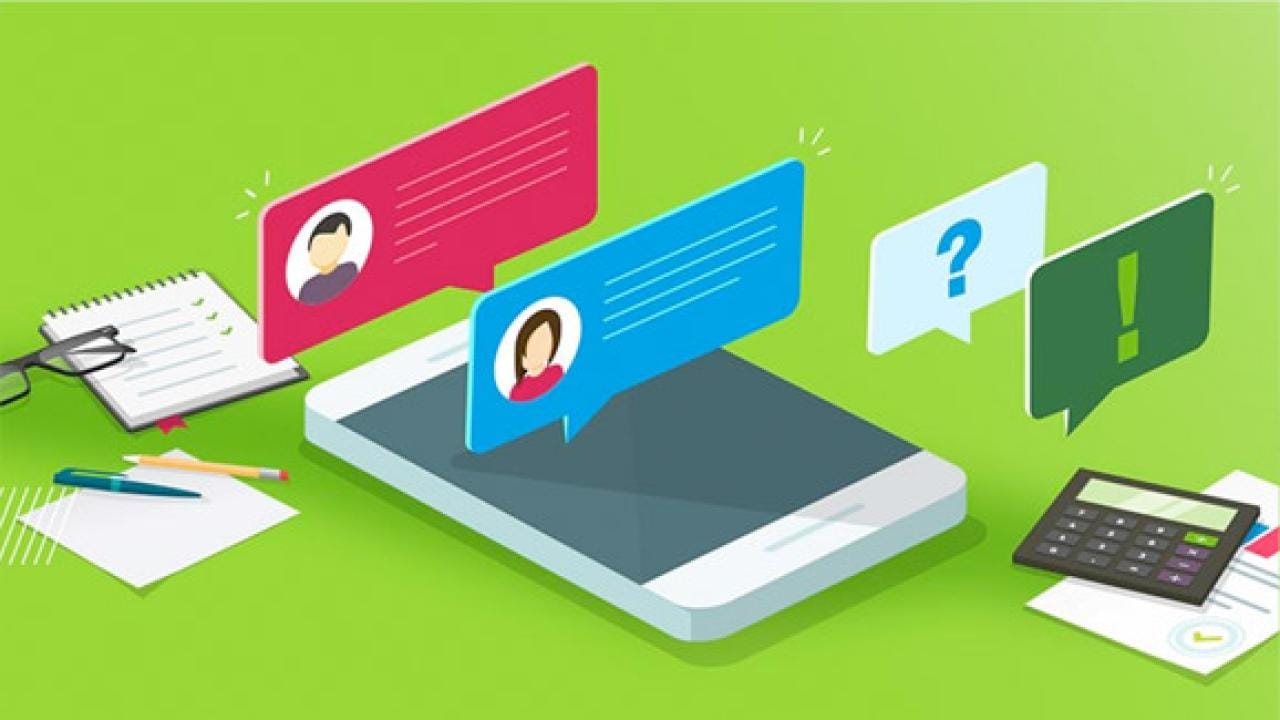
We share three tips for addressing people, in various settings (public content, personal written communication, and everyday conversations).
From allyship to action
LGBTQ+ inclusion and support isn’t just for when you are creating content. It applies to the language you use with colleagues and customers everyday, whether in a formal or casual context. Normalizing diversity, and emphasizing that people of all identities are welcomed and supported, is hugely important to our DE&I mission.
For example:
In your onboarding process, respectfully ask new starters what pronouns they use
Encourage colleagues to add their pronouns into their email signatures and profile pages if they feel comfortable doing so
Provide space for LGBTQ+ colleagues to create their own community in intranets, extracurricular activities, branded materials etc. For examples of what this looks like across Bayer, please check out our voluntary Business Resource Groups, including BayAfro, BLEND, ENABLE, Grow, and MERGE Links only work for internals.
Make diversity and inclusivity education an official part of colleagues’ up-skilling structure (rather than placing the educational burden on LGBTQ+ colleagues themselves). Want somewhere to get started? Use this external assessment on Understanding Bias, then direct people to our internal #WoW tools
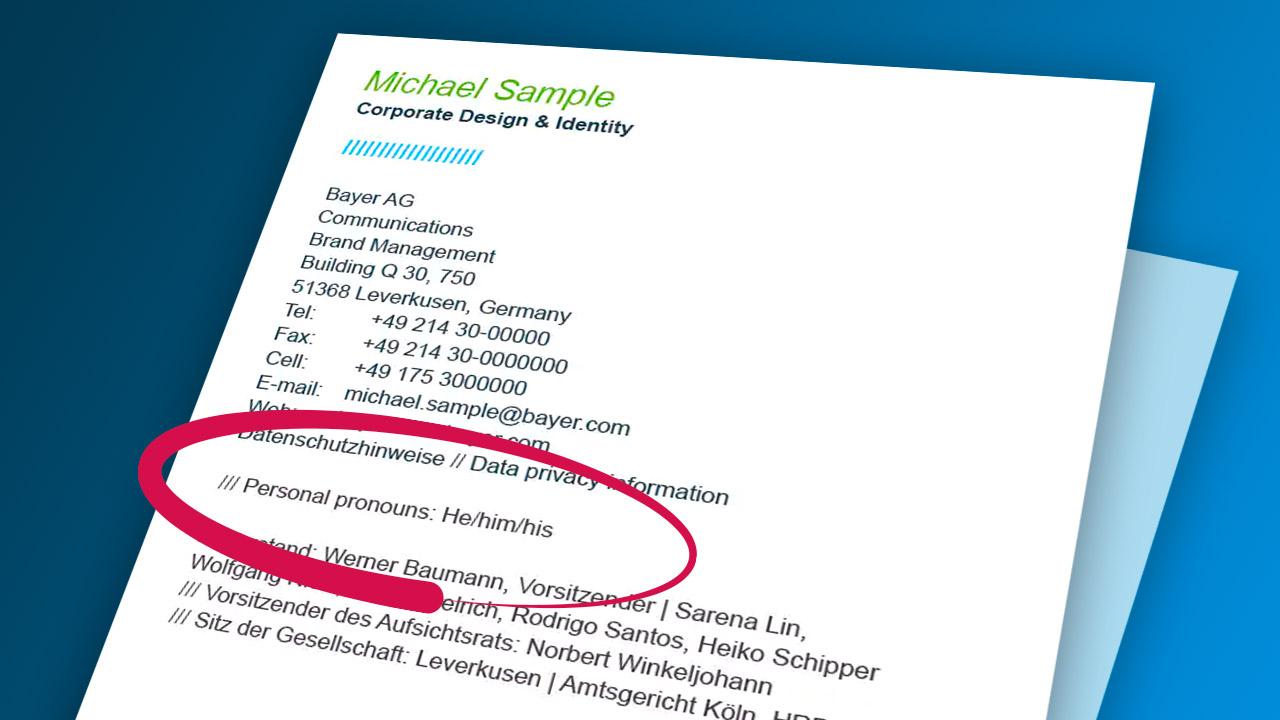
Optional addition of personal pronouns as part of the mail footer.

